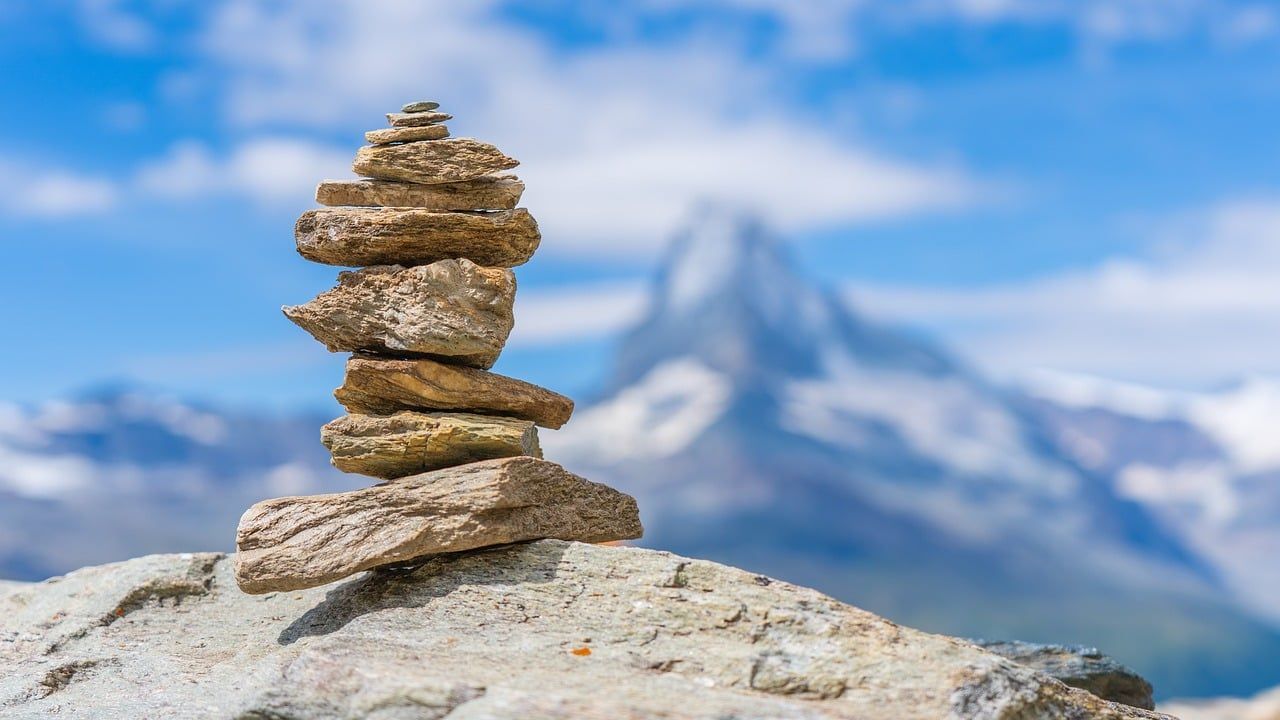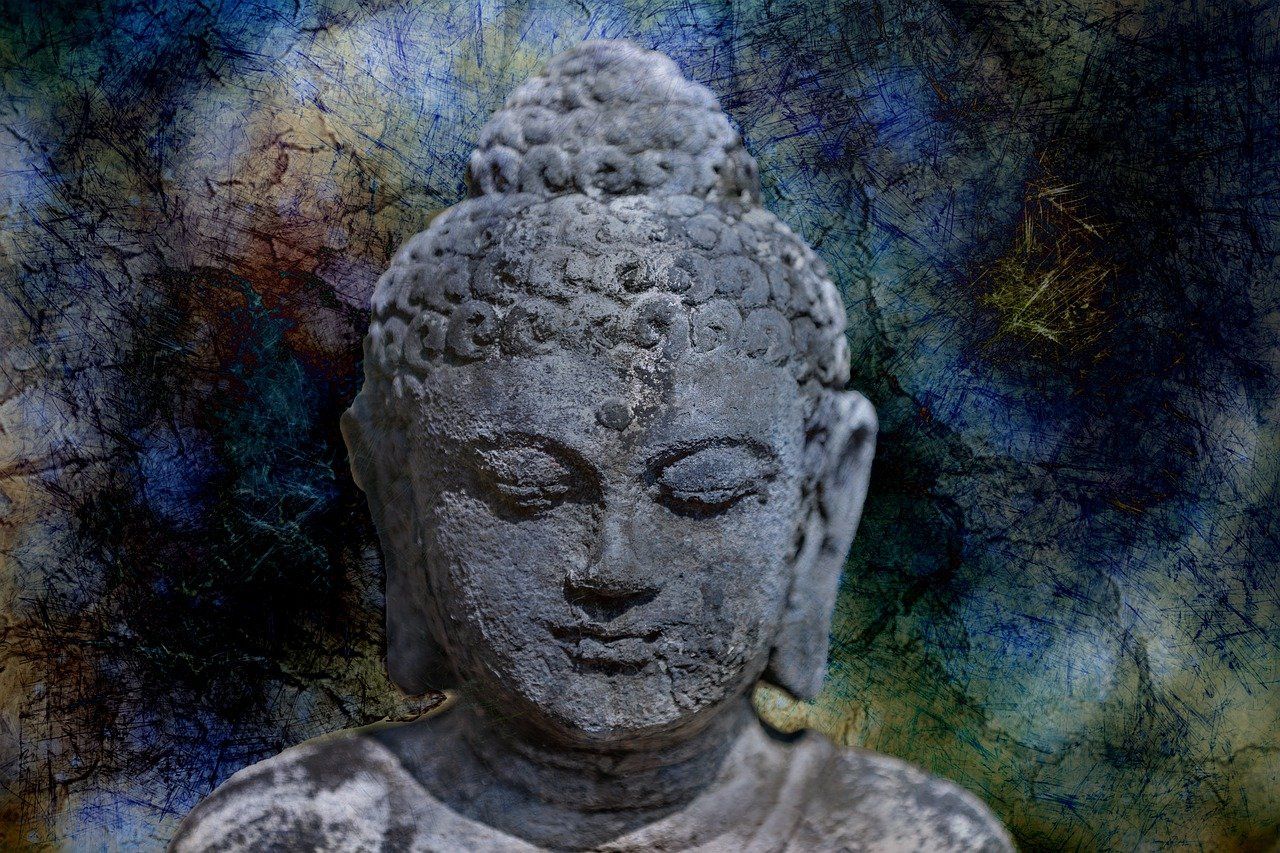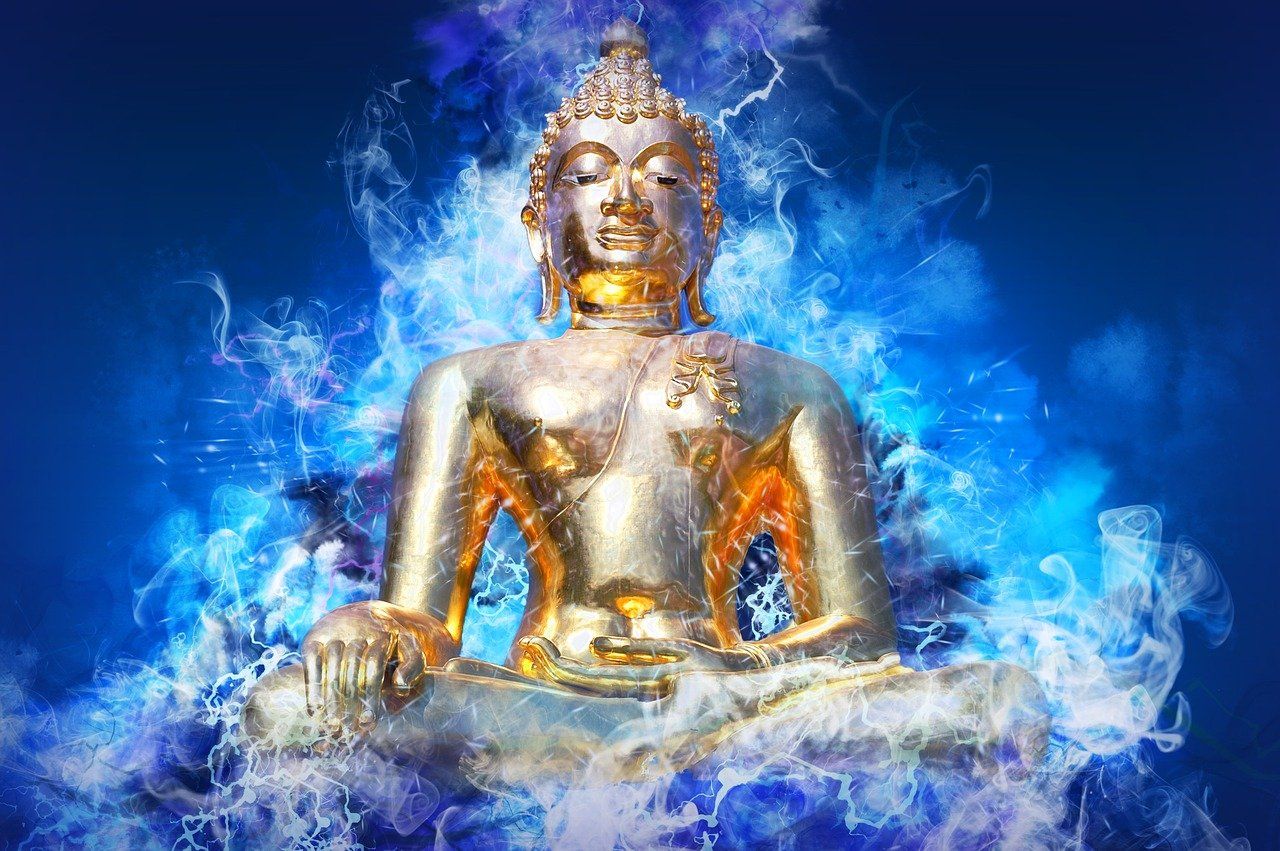The Importance of Relaxing the Nervous System: A Foundational Step in Meditation
In today’s fast-paced world, the mind often races, driven by the demands of work, family, and personal ambitions. Meditation is commonly seen as a practice to calm the mind, foster inner peace, and connect with deeper aspects of existence. Yet, one crucial element often overlooked is the state of the body, particularly the nervous system. Relaxing the nervous system isn’t just a preparatory step; it is foundational for unlocking the deeper states of awareness and tranquility that meditation promises. Drawing insights from my journey and teachings, we will explore why this is so vital and how it transforms the meditative experience.
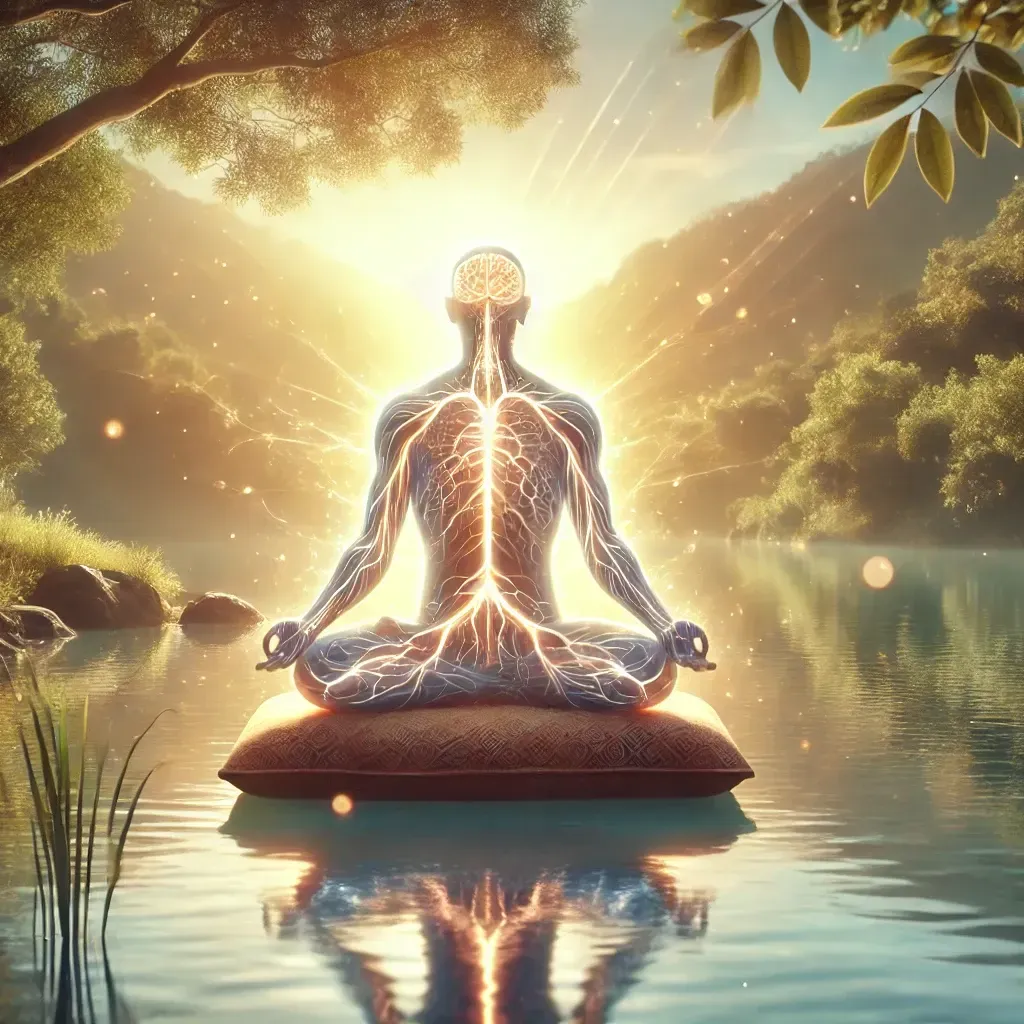
Start With The Breath
One of the simplest yet most effective tools for relaxing the nervous system is breathwork. Techniques such as deep diaphragmatic breathing or the more structured practice of counting breaths help anchor the mind while soothing the body. In my sessions, we often start with these exercises to ease participants into a state of relaxed awareness. There's a big difference between breathwork techniques, it's important to use breathing patterns that relax you and not stress you out.
The breath serves as a bridge, connecting the physiological state of the body with the focus of the mind. By consciously slowing down the breath, we send signals to the brain that everything is okay, allowing it to shift out of survival mode. This simple practice has profound implications, helping participants feel at home in their own bodies—a crucial first step in any meditation practice.
Creating a Safe Space
I try to emphasize the importance of creating a sanctuary for meditation—a space that feels safe and comforting. This mirrors the body’s need for a safe internal environment. When the nervous system is calm, it signals to the mind that it is safe to let go of hypervigilance. This internal sense of safety is the bedrock for exploring our thoughts and emotions without fear or resistance.
Meditation can then serve as a refuge, a place where we face our inner landscapes with gentleness and curiosity. In this space, we are not trying to escape reality but rather to embrace it fully, starting from a calm and centered place. A meditation master once said "meditation is feeling at home in your own skin", it's this feeling of being at home and safe in our own bodies that we want to cultivate by relaxing the nervous system. We need to make our own bodies a safe place to inhabit and then we can discover what is in the present moment when we're not running away from it.

The Nervous System as a Gateway to Stillness
At the heart of our stress responses lies the autonomic nervous system, which comprises the sympathetic (fight or flight) and parasympathetic (rest and digest) systems. When stress overwhelms us, the body remains in a heightened state of alertness, making it nearly impossible to settle into a meditative state. When people say their mind starts to race in meditation, what they really mean is their nervous system is racing and cannot relax.
This chronic activation of the sympathetic system makes simple mindfulness exercise very difficult and blocks our ability to access deeper layers of awareness. Relaxing the nervous system helps activate the parasympathetic system, which activates the 'relaxation response' and this essential for grounding oneself in the present moment in a relaxed way. This physiological shift is not just about feeling good; it creates a fertile ground for mindfulness, loving-kindness, and ultimately the pure stillness of non-dual awareness.
The Power of Humming and Vagal Toning
Modern trauma theory, particularly the work on the vagus nerve, has shown that certain practices can directly influence the nervous system. Techniques like humming or chanting “Om” resonate deeply, not just metaphorically but physiologically. These sounds stimulate the vagus nerve, promoting a state of relaxation and connection.
Interestingly, this aligns with ancient practices where sound and vibration were used to induce meditative states. When we integrate such techniques, we not only honor these traditions but also leverage cutting-edge science to enhance our practice. Chanting the powerful sound of OM has long been a way to enter into deep meditative states and remove obstacles.
A Progressive Journey Towards Non-Dual Awareness
Relaxing the nervous system is more than just a preliminary exercise; it sets the stage for a progressive journey through meditation. It begins with calming the body and mind before moving into mindfulness, loving-kindness, and self-inquiry. Each stage builds upon the last, culminating in the realization of non-dual awareness, where the boundaries between self and other dissolve.
Without a relaxed body, this journey can feel fragmented or even inaccessible. A tense body often harbors hidden resistances, blocking the flow of energy and awareness. By addressing this tension early, we create a seamless progression that allows participants to experience the full depth of meditation and embodied experience.
By connecting with a calm and safe body and fully inhabiting it we resolve the issue of spiritual by-passing. We can connect deeply with our bodies while simultaneously realizing the boundless presence of non-dual awareness. It's this union that allows the full flourishing of our spiritual potential.
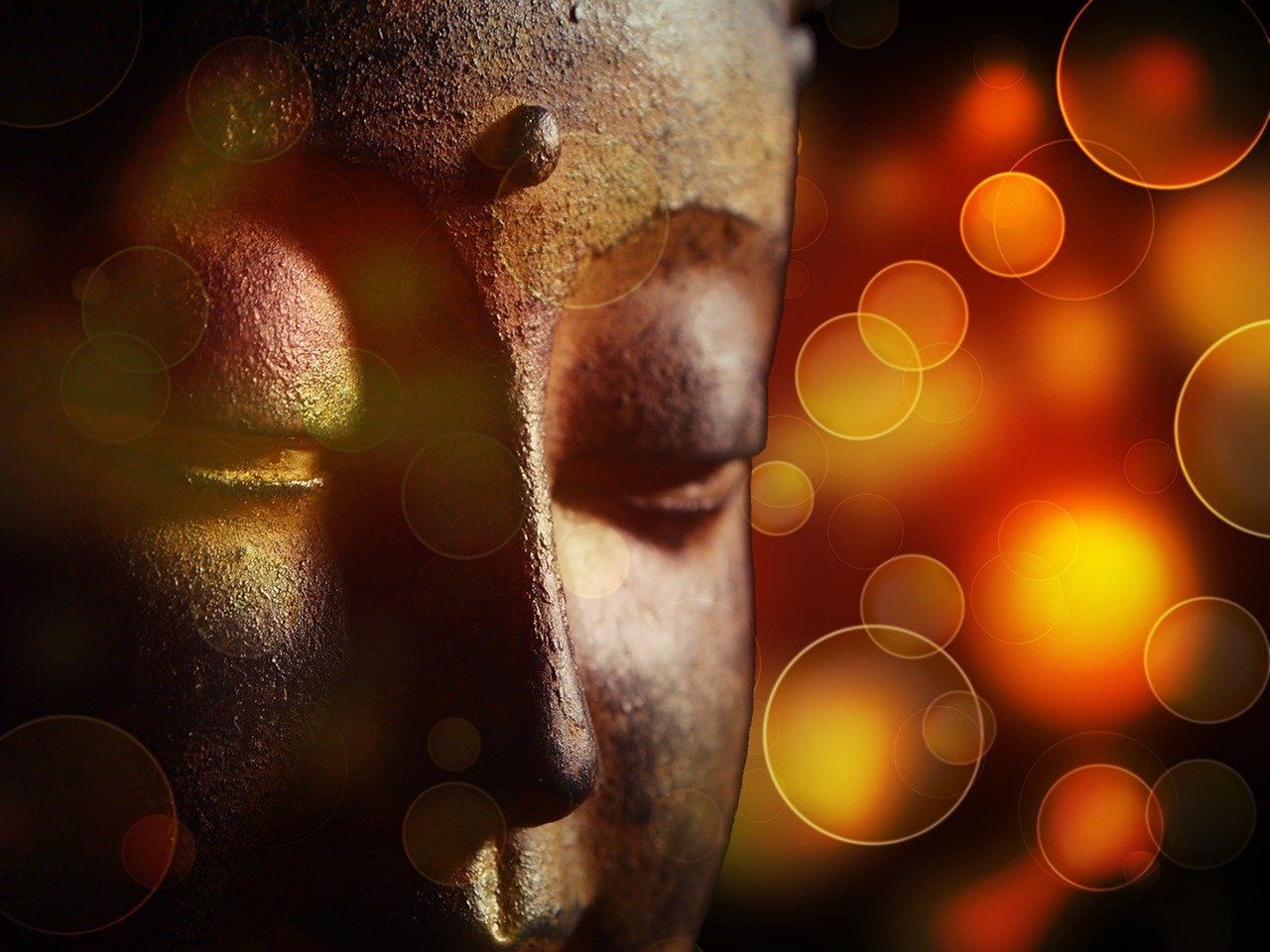
Practical Exercises for Daily Life
Relaxing the nervous system isn’t confined to the meditation cushion; it is a skill that can be cultivated throughout daily life. Simple practices such as taking mindful breaths during stressful moments, gently stretching, or even practicing gratitude can help maintain a balanced nervous system. I personally love to hum in any car ride, and I usually turn up to my destination feeling blissful and blessed.
In our fast-paced culture, these small but consistent acts of self-care are revolutionary. They remind us that meditation is not an escape from life but a way to fully embrace it with joy and presence.
Closing Thoughts
The journey of meditation is deeply personal and transformative. Yet, without a relaxed nervous system, many of its profound benefits remain out of reach. By starting with the body, we honor the interconnectedness of our physical and mental states, laying a strong foundation for deeper exploration.
In my experience, those who prioritize this foundational step often report not only more profound meditative experiences but also improvements in their daily well-being. They sleep better, handle stress with greater ease, and feel more connected to themselves and others.
Relaxation is not just the absence of tension; it is the presence of peace. And from this peace, the true journey of meditation begins.
Written by Chad Foreman
Chad Foreman is the founder of The Way of Meditation, has been teaching meditation since 2003, determined to bring authentic meditation practices into the lives of millions of people in the modern world. Chad is a former Buddhist monk who spent 6 years living in a retreat hut studying and practicing meditation full time and has now has over twenty years experience teaching meditation. Chad holds regular Meditation Retreats on the Sunshine Coast Australia, has Online Meditation Coaching, delivers three online programs - The 21 Day Meditation Challenge to help guide people gradually from the basics of mindfulness and relaxation to profound states of awareness. Breath-work to help manage stress and go deeper into meditation and The Bliss of Inner Fire which is a Buddhist tantric method for purifying energy blocks and contacting the clear light of bliss. You can also now get Chad's free e-book Insights Along the Way.
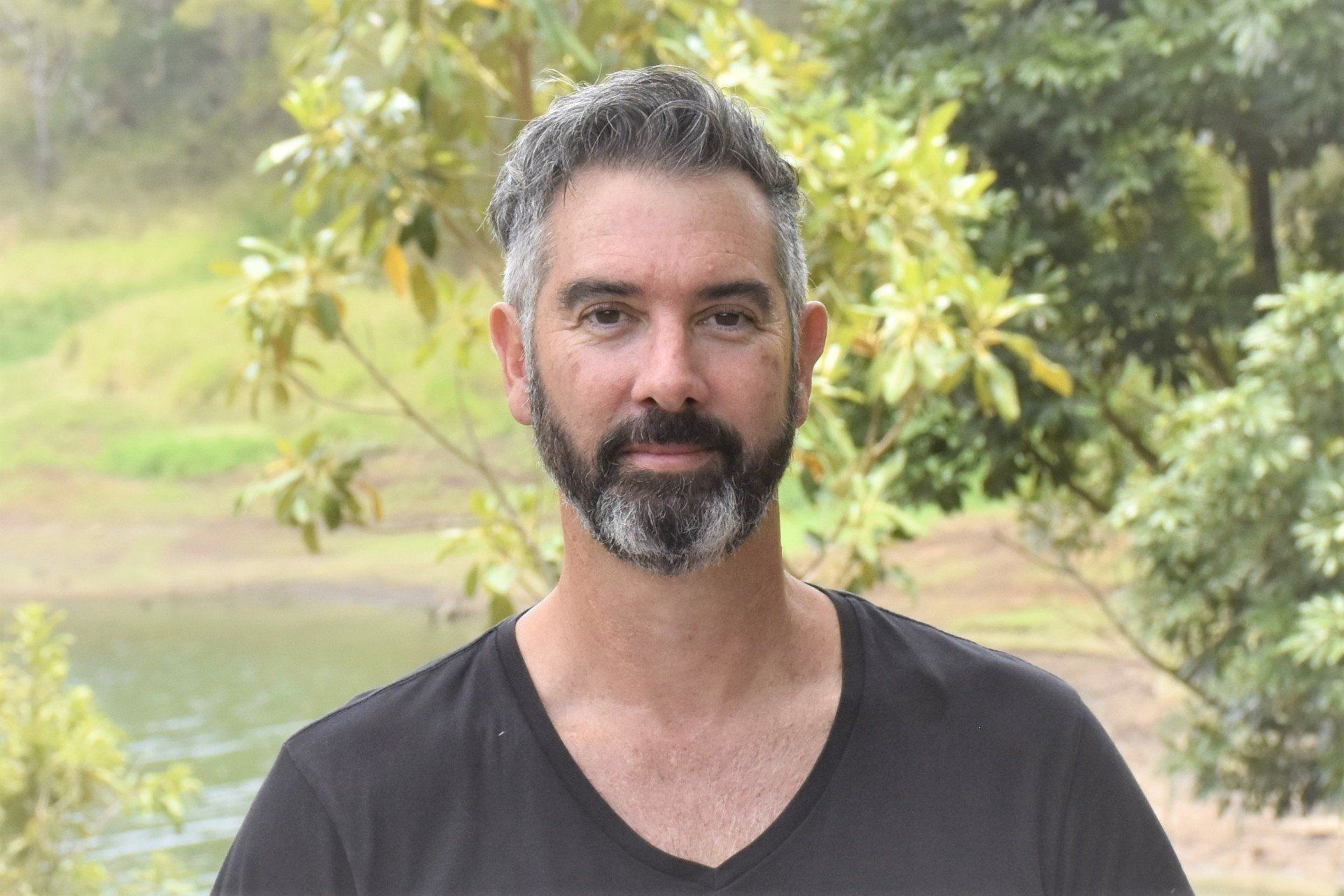
Meditation Teacher Chad Foreman








